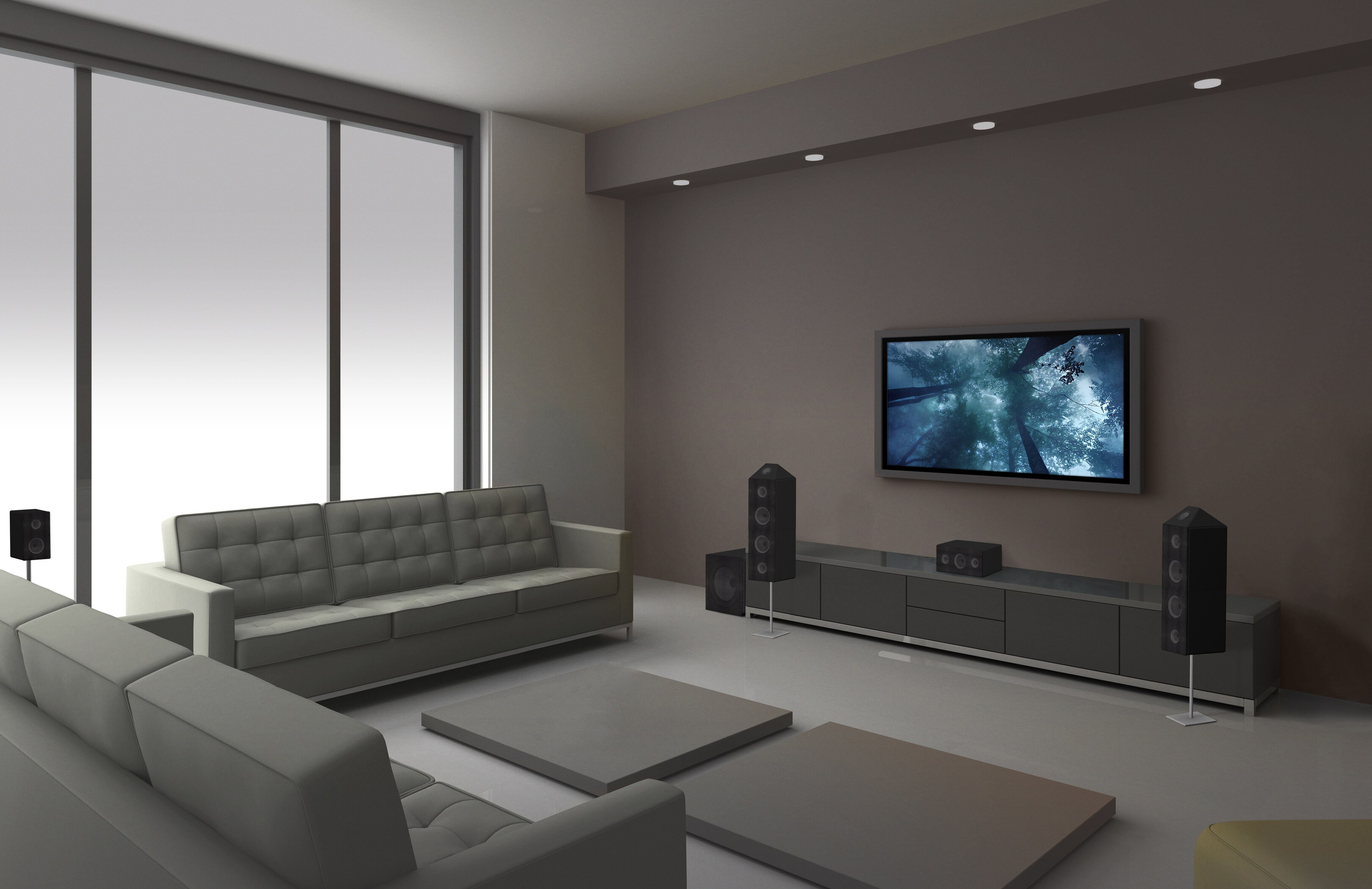

In this case, angling them to face the listening position ('toe-ing in') is recommended.įor the front left and right speakers, tweeters should be at ear height, or as close as is practicably possible.

#Dolby atmos surround sound full
Itself with recommended angles that have widened with the arrival of 4K resolution displays if you’re someone who likes to go full IMAX and sit ‘close’ to your display, it may be that your speakers need to go beyond that 30 degree angle. Optimal viewing distance is a whole other topic
#Dolby atmos surround sound tv
But when they are sat either side of a TV or projector screen, you’ll need to factor in the distance between screen and seating, and the size of the screen. For systems where speakers are placed behind an acoustically transparent projector screen, this is easy to achieve. The more technically focused International Telecommunications Union (ITU), meanwhile, specifies a 30-degree angle. Where to begin? Paradoxically, it involves your display.ĭolby’s guidelines, which are a sensible jumping-off point, recommend a 22-30-degree angle for front left and front right speakers from your listening position (see diagram, right). With the latter, you may well find yourself having to make compromises (more on that later), so the fewer made when installing your 5.1 system the better. With a few rare exceptions, all new movies are mixed and released in multichannel, with left, centre, right, left surround, right surround and LFE – and these remain the starting point for any discrete, multichannel home cinema setup.Ī 5.1 speaker array will get you all that broadcast TV and DVD has to offer, while these six channels also do the heavy lifting in a 7.1 or Dolby Atmos/DTS:X system. Skip forward some 40-plus years, through the introduction of Dolby Digital 5.1 in 1992, the 6.1-channel Dolby Digital Surround EX format in 1999, Dolby 7.1 Surround in 2010 and Dolby Atmos in 2012 (with Brave, pictured above) and, amidst the changes, much remains constant.
#Dolby atmos surround sound movie
Along with 1977's Close Encounters of the Third Kind, and 1979’s Apocalypse Now (the first movie with split surround channels), it marked the birth of the surround sound era.

Lucas’s Star Wars would ship out in both Dolby Stereo 35mm and Dolby 70mm Six Track Stereo prints. Yet the innovations didn’t stop there, with Dolby boffins reworking the six-track magnetic 70mm Todd A/O format into six-track stereo with dual LFE channels. Via an optical track on 35mm film – a more commercially viable solution for theatre owners than magnetic-strip 70mm. Despite the name, this provided four-track audio (left, centre, right and a single surround channel) First, in 1976, it introduced the Dolby Stereo format. Mono soundtracks still dominated, but the likes of four-track CinemaScope – and even seven-track Cinerama – had already shown what could be achieved, albeit only in those cinemas with the necessary playback hardware.Įnter Dolby, then a specialist in noise reduction. Lucas’s famous comment came at a time when multichannel audio was still in its infancy and approaches to it were varied. The development of cinema sound from the mono mixes of the first talkies to the object-based Dolby Atmos and DTS:X tracks of today was far from linear. Spend time getting it right (or as right as you can), and you'll be on the path toward a sound performance that perhaps Mr Lucas would be proud of.īefore we get into the dos and don’ts of sonic setup, however, let’s take a trip back in time… To get the best from your multichannel setup, consideration of speaker placement is key, before you get into system EQ and the effects of your room environment. Of course, buying the equipment is only one part of the journey. You know the famous George Lucas quote: when it comes to movie-watching, ‘sound is half the experience.’ And in your home cinema setup, it’s quite likely you’ve spent more than half your budget on everything that goes towards creating that experience – speakers, subwoofer(s), an AV receiver or processor/amplifier combo.


 0 kommentar(er)
0 kommentar(er)
